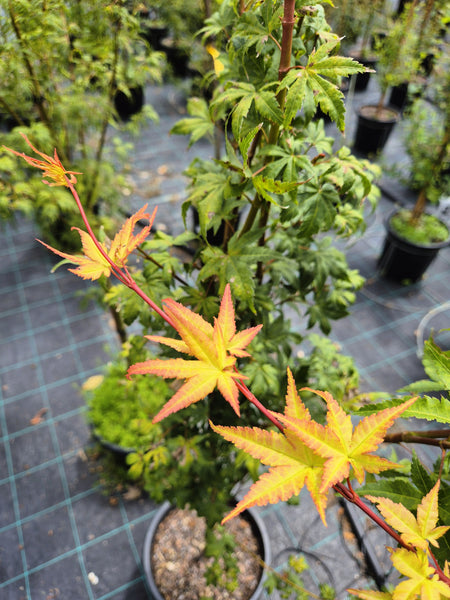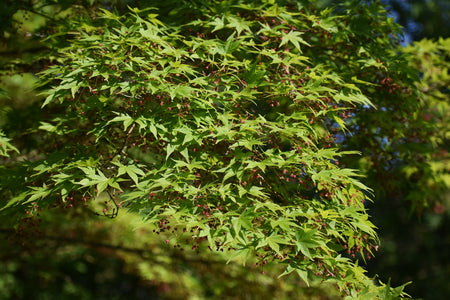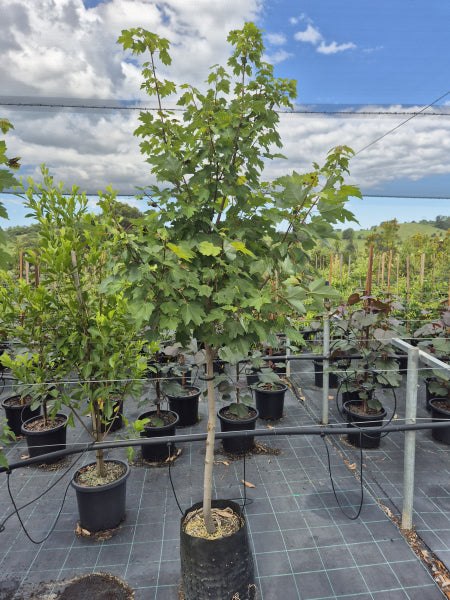Leptospermum "Pink Cascade"
- Mature size: 1m tall x 1-1.5m wide
- Recommended spacing: 1-1.5m apart
- Ideal growing conditions: Full sun/part shade.
- Growth rate: Moderate.
Uses
Pot/container plant, patio/verandah plant, native garden, small gardens, wildflower/cottage garden, rockery, understory planting, garden filler, mass plantings, feature shrub, coastal gardens, erosion control/bank stability, retaining wall.
Noteworthy
Australian Native, hardy evergreen, low maintenance, attracts birds and other pollinators.
Tolerant
Pruning, coastal conditions, Drought and light frost once established, adaptable to a wide range of soil types.
Colour/Growth form
Small light pink flowers, short evergreen shrub, green foliage, weeping/cascading habit.
How to Care for Tea Tree Leptospermum
Caring for Leptospermum involves ensuring they are planted in moist, well-draining soils. Most Leptospermum species prefer sunny spots with adequate airflow, which helps prevent disease. Pruning after flowering can enhance growth and promote lovely blooms from late Winter to Spring.
















